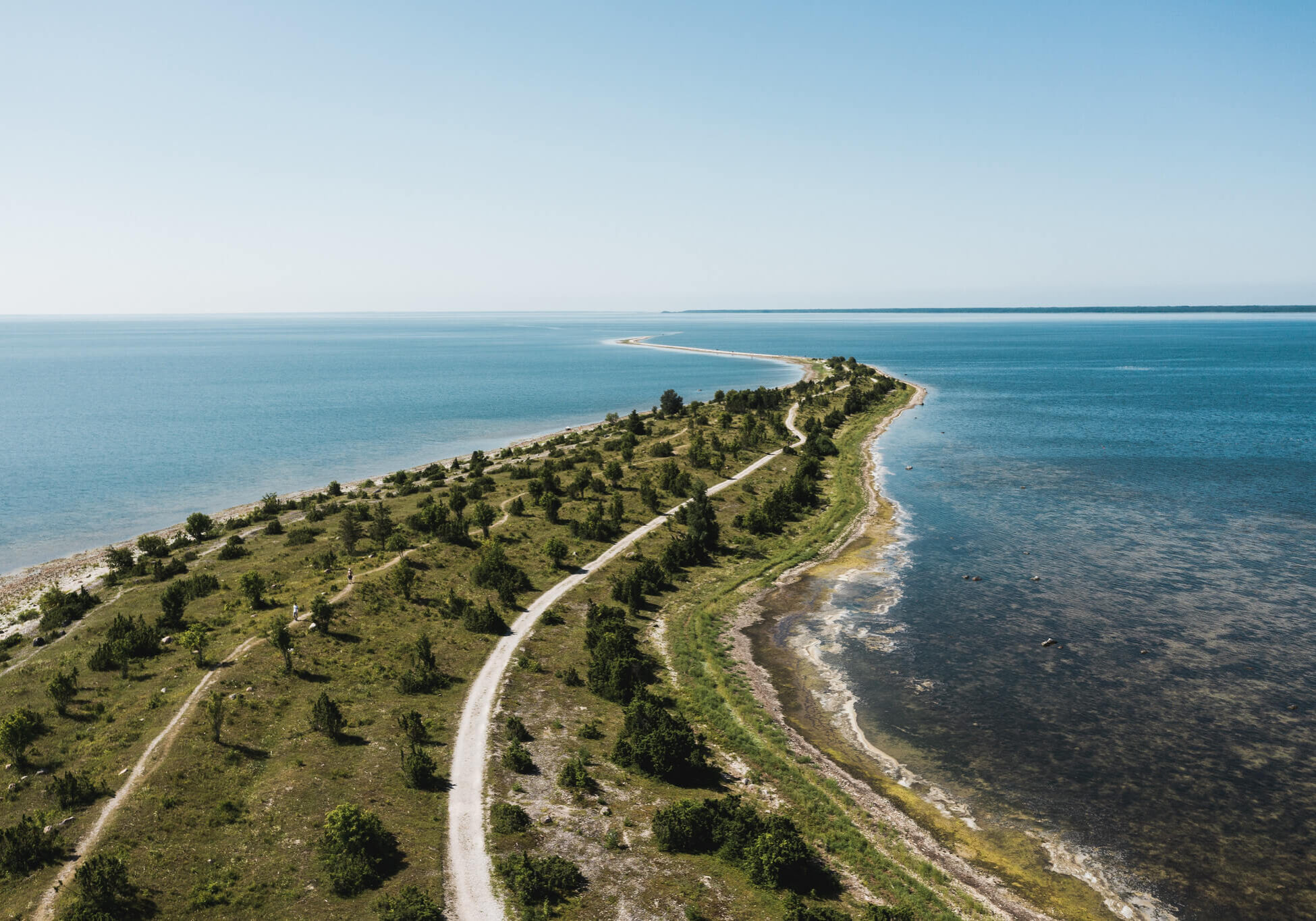Nature’s hidden treasures

Hiiumaa is a nature lover’s paradise. Almost 70% of the island is forested, some of which is now very scarce under virgin forest. Plants, animals and birds that are rare in Estonia can also be found on beaches and in meadows. Meteorite craters, hundreds of millions of years old, are an attraction, as are boulders and rock caves. Freshwater springs, deep karst caves and special coastal lakes offer additional experiences. Start the tour!
The route includes the following stops:
See other routes
People around the world are increasingly moving to cities. But only well-functioning villages can sustain rural life. Indeed, there is only one small town on the island of Hiiu, Kärdla, but over 180 villages. The story of how each village came to be and the sequence of events is different. But it’s exciting to search and find what catches their eye today. Whether it’s a preserved windmill, an old manor house, the story of a great man or a modern business in operation. Start looking and experiencing!
Small Hiiumaa has offered the world many greats, such as composer Rudolf Tobias, artist Ülo Sooster or writer Evald Mänd (Ain Kalmus). There are many other creative people who were born, lived, created or rested on the island, and we all have something to learn from them. Find their footprints, their creations and their thoughts!
How, what, who or what rituals people believe in has changed over time. Worshipping of protective heather trees, land mothers and spring spirits began in Hiiumaa in the 13th century. All this took time, and so it is still possible to go to the sacred trees (Tärkma oak and Ülendi lime). Of the Christian churches on the island, you can see large parish churches (such as Pühalepa, dating from the 13th century), auxiliary churches or chapels (such as Kassari), Orthodox churches (such as Kuriste), as well as houses of worship of the Brethren, Baptists or Pentecostals. In addition to these, pastorates (such as Reigi), cemeteries (such as Kuri) and parsonages (such as Käina) are closely linked to religious life. This is all worth exploring.
The Hiiu-Kärdla quarry was founded in 1829. by the Ungern-Sternberg brothers. By 1830, a large and magnificent woolen cloth factory had been built in Kärdla. The company changed and grew over time, but above all, the industrial company changed Kärdla. Over the years, the small Swedish village became a well-kept workers’ settlement – the forerunner of today’s small town. The factory was destroyed during World War II in the autumn of 1941. However, there are still clear traces of the factory era in the square and throughout Kärdla. This is evidenced by the network of streets created during this period and the modern workers’ houses built with the help of the factory. Although the company is known to have been started in Suuremõisa, the Ungern-Sternberg brothers’ main manor house, we recommend starting the journey in Kärdla at Vabriku Square, where the transforming company was located. If you wish, you can enter the former factory directors’ residence (Pikk Maja), where the SA Hiiumaa Museum is located. There you can see a model of the factory.
